Last week, the second subscriber letter went out and it seemed to be a good way to communicate news about the blog. I decided to expand this to make these subscriber letters a regular activity. The letters will contain any new updates to articles, updates about the site, people I want to thank or a brief topic which might be of interest. Sending article updates individually seemed to be too many needless emails and I preferred this letter format. Right now, I seem to be sending frequent letters because quite a bit has changed in the last few weeks. Going forward, these letters will likely go out once or twice a month as needed.
I thought it might be a good idea to finally come up with a writing schedule. I realized I needed to get into a routine where I post something on a regular basis. I understand it can be difficult when five articles show up in one week and the following week, there is nothing. Going forward, I am thinking about writing two articles a week on set publishing days. Hopefully, adding more structure will allow readers to zero in on the content they enjoy and look forward to their favorite types of articles.
I plan to release a mid-week article with a topic of something interesting I observed about Vietnam. It will likely be about culture or something fun I discovered. It will probably have a lighter feeling, with the goal of keeping the article under 1,500 words.
There will likely be another article on the weekend, probably Sunday, about something I want to research a bit more in-depth. It might be about a current event or an important historic event. These articles are typically longer, around 2,500 or more words.
We will see how this goes. If any changes are made to the schedule, I will let you know.
Subscriber Growth and A Special Thank You
Since the beginning of the month, from June 1st to June 22nd, total follower and subscriber count has more than doubled on this site. There are a few reasons for this rapid increase in viewers.
The first reason was an increased attention paid to marketing, specifically Substack Notes, with posts in the morning and in the evening. Through a combination of posting pictures I found interesting, restacking travel related posts and quoting small sections of current articles on this site, interest has been growing. The focus of getting in front of more eyes has been paying off exponentially.
The second growth factor was a restack from an already established author here on Substack, Kat Fitzpatrick of “Stories of Vietnam”. Kat found an article about coffee culture to be of enough interest to share with her own community. This took the already fast growth which this site was experiencing in the last couple months and sent it into hyperdrive. In a little less than two days, total subscriber count jumped 25%.
This thank you is really on two levels. The obvious level was the added subscribers, but there is a deeper level. What you may not realize is that the effect of this push was actually made on March 15th when Kat initially suggested reposting the article. The feeling I received when an experienced author thought highly enough about my writing to want to share it was powerful. It gave me the confidence to finally start making an effort to get my work out there. Shortly after this, on April 1st, I decided to start taking Postcards from Vietnam a bit more seriously and began marketing. These were the first real moments of subscriber growth. For this, I give a very grateful “Thank You” to Kat for her kindness and encouragement. I really appreciate it.
Article Updates
Update to the article: Why did Vietnam Embrace Religion while other Communist Countries Didn't?
I have been reading about Vietnamese culture in the book “Uniquely Vietnamese” by James Edward Goodman which prompted me to add the following paragraphs to this article. This really helps answer the question the article is based upon. The article is linked below, with the added paragraphs below the link. You can simply read the added paragraphs or if you want to read the article with the paragraphs in context, you can click on the article link to read it in full.
The Buddhists have always had ties with independent Vietnamese government dating back to 1005 under the Ly dynasty after Ngo Quyen terminated Chinese rule. Rather than the Chinese concept of “Mandate of Heaven”, the Ly kings followed the lead of early Buddhist monarchs around South East Asia who focused on the welfare of the people and valued compassion.
The Ly kings sought a return to the traditional ways by inserting themselves into the Hung King cult, starting with ancestorial lineage and inserting the Ly dynasty into the Hung mythology. They resorted the traditional cultural practices which irritated the traditional Han leadership of long hair, tattoos and betel nut chewing to name a few. The major change was the restoration of the rights and responsibilities of Vietnamese women, who now played a much larger role in Vietnamese society. This difference between Han and Vietnamese culture signaled the earliest division between how Chinese and Vietnamese leadership thought of religion.
Update to the article: The 500 year evolution of the Vietnamese house
After I wrote this article, I realized there were two major eras of influence I left out. The book I was referencing, “Uniquely Vietnamese” by James Edward Goodman pretty much stops after the French. It doesn’t really explain the transition between the French period and today. While reading Tim Doling’s book, I realized there was more to the story, so I added these two transitional eras to the article. I also updated the title to give a better description of the contents of the article.
Again, link is on top if you wish to read in context, added text is below if you don’t wish to re-read the entire article again.
American Era
After the French, Vietnam basically splits into two countries with the U.S. controlling the southern government. Economically, this was a boom time for many southern cities. This period introduced a contemporary style to the Vietnamese home. Materials such as stainless steel, concrete and large tempered glass were used to give a simpler look to the building. Tinted tempered glass allowed large floor to ceiling windows to give more interior light. Balconies became a little smaller and began to house the exterior part of the air conditioning unit.
Colors of homes started to change as they drifted from the typically yellow and white typically encountered in colonial era homes, to add a much wider spectrum of exterior paints. Lighter colors such as tans, browns, grays or blues were introduced to add some individuality. Floor count started to rise as these small units were going up to four, five or even more stories.
Soviet Era
This era was a departure of the French and American eras, which could have been thought of as a facade of opulence. The Soviet era was a movement toward extreme simplicity. Buildings became squarer with little exterior decoration. The outward displays of wealth were discouraged. Building materials were replaced with cinder block and stainless steel. Balconies dropped their columns and became square, with maybe a stainless-steel railing along the top. Exterior fencing became cast iron. In a word ….boring!
This isn’t only true of the housing but look at the municipal buildings at the time. The party committee buildings, the bridges, even the Hồ Chí Minh mausoleum. All very sterile with the look of a Soviet block house. This isn’t just my opinion. Architects of the 1990’s were vocal of this sterility as they sought to bring back something a bit more “Vietnamese” in the Đổi Mới era, starting with the reforms of 1986. The new era would seek to join together all of the influences I have mentioned from the last 500 years of architectural history.
Update to the article: The Secrets of how Quán Âm became the Female Buddha of Vietnam
After I posted the first article, I went to a smaller temple deep in the Mekong. I was able to take some more pictures of the offering ship and Quán Âm to get a little more detail about the functioning of the offering ship, which I added to the post. If you want to see what I added, here is a link.
Update to the article: What does the original Star Trek fight scenes have in common with Vietnamese Music?
I must apologize for this old article, I had to take this down for a few days immediately after I originally posted it. Some of you who were on the email list may have missed it because I couldn’t send an email when I reposted it.
I did a bad job with the first version by pasting in the wrong YouTube link and was way too wordy about the Latin American history and didn’t talk enough about the Star Trek score. I am much happier with this version.
Books I am reading
I went to the bookstore a several weeks ago to load up on books. I selected five interesting books and found something interesting in each of them. Currently, I have read all but Wandering Through Vietnamese Culture. That book is weighing in at 1,266 pages, which nearly doubles Tim Doling’s massive tome and I suspect the page count equals the sum of the other four books combined.
One subject I wanted to write about was the question; Why is it that Socialist governments tend to try to outlaw religion, but Vietnam embraces religion? I wrote an article about that question shortly after I read the first book, Religions in Vietnam.
Vietnam actually put the rights of religious practice into their constitution. This left me with a few questions. Mostly, why did they do this when all of the other socialist countries were abolishing religion?
I did find a pretty good answer in the book along with doing some research on the internet which I later wrote about in an article.
Each of these books are giving me great ideas for articles and are filling in massive gaps in my knowledge about Vietnamese culture.
Tim Doling is a master of explaining Vietnamese history through architecture. His style is a bit of historical non-fiction meets Lonely Planet guidebook. He has a wonderful website of articles you may want to check out. His book, Exploring Saigon - Chợ Lớn is broken into sections by geographic area and by historic building. It is difficult to reformat all of the information in my mind into a linear narrative, but it is worth the struggle. He has several books of prominent Vietnamese cities, where he gives a map and a route to explore the city as it has developed over the last millennia. I received the idea of using old postcard photos to tell a quick historic story from his writings, which I have been using as a base of many of my notes. I have learned so much from his book.
Wandering Through Vietnamese Culture by Hữu Ngọc was the most anticipated read, which I saved for last. Hữu Ngọc is currently 105 years old (and still going!!) and has seen it all. He was already a young man when the French were still in power. He saw the entire Vietnamese independence movement with both Indochina wars from his home in Hanoi. He was educated at European universities in Philosophy as well as Law.
Ngọc found a home as the unofficial cultural ambassador of Vietnam, while at the same time holding several important sounding official titles and many academic and state awards. At an age when most people retire, he became a columnist for a major newspaper in Hanoi for decades and created this anthology of over 20 years of writing. This is an easier read than one would expect based upon the girth of pages as Ngọc has an easy-to-read conversational tone about his writing. Each article only spans a couple pages and is sorted by topic making it easy to read at one’s convenience.
I remember Tim Ferriss one time say, “Scratch your own itch” meaning if you want something, make a business out of it. This is why I started this blog. If I had known these books were out there, I may have had second thoughts, as they provide the exact type of writing I have been seeking to produce here.



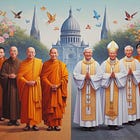
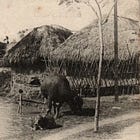
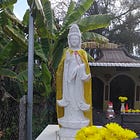

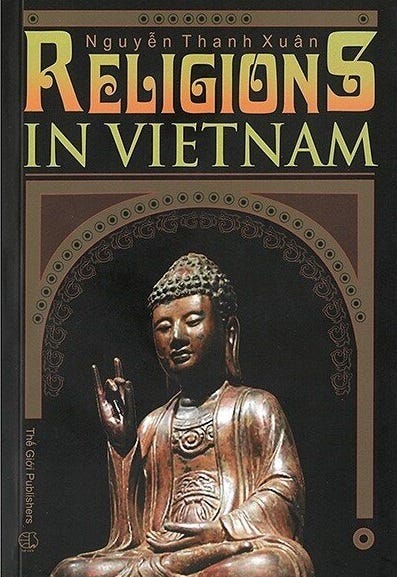
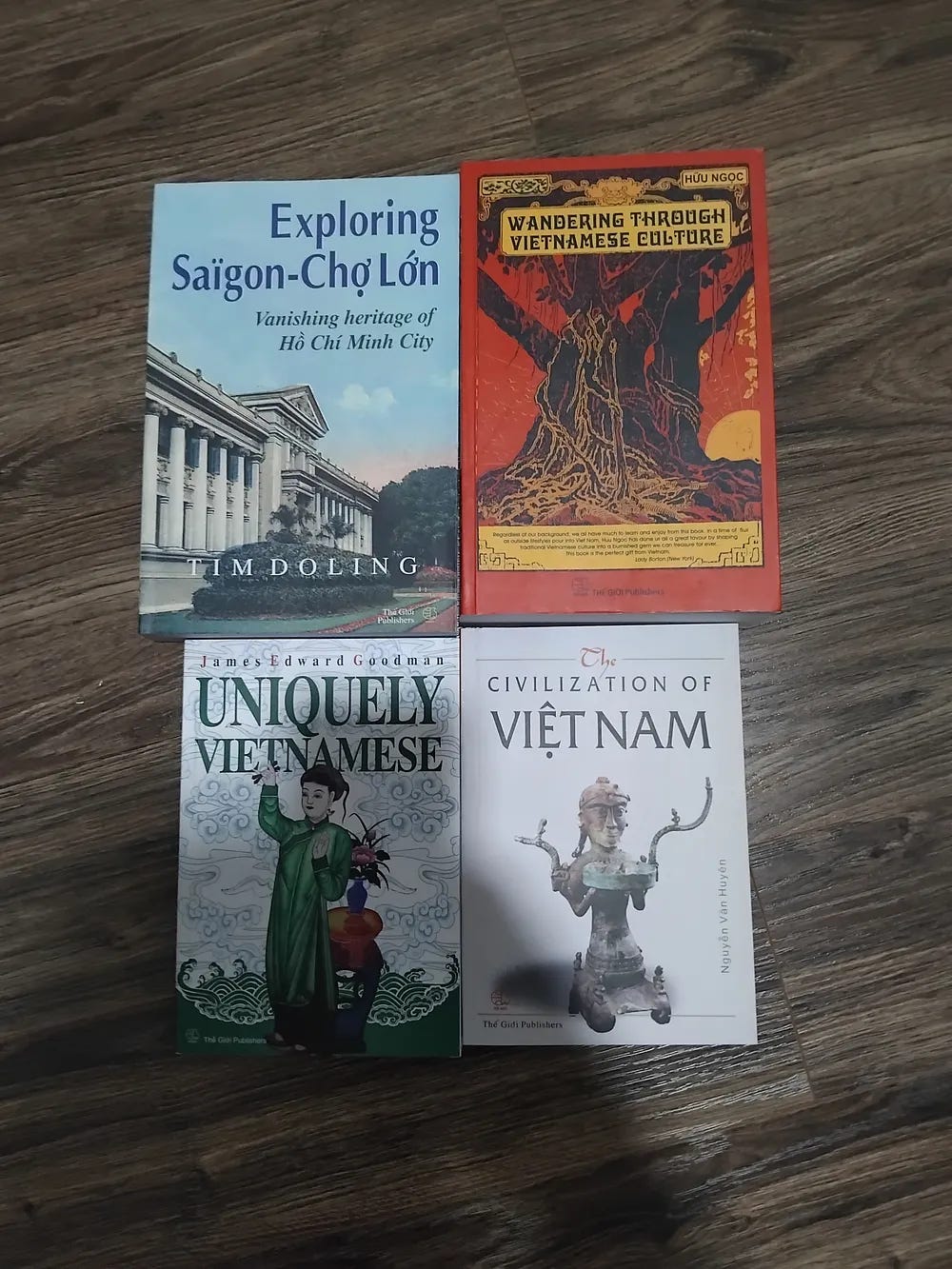
Substack suggests that it is in general good practice to post on fixed date/time. I guess because your readers know what to expect. That is to say, that it sounds like a good decision to post twice a week as you plan, instead of at random times ;)
On the subject of compilations of Vietnamese history and literature, may I suggest "Sources of Vietnamese tradition", by George E. Dutton? It is a selection of various bits of translated vietnamese literature from across many centuries.